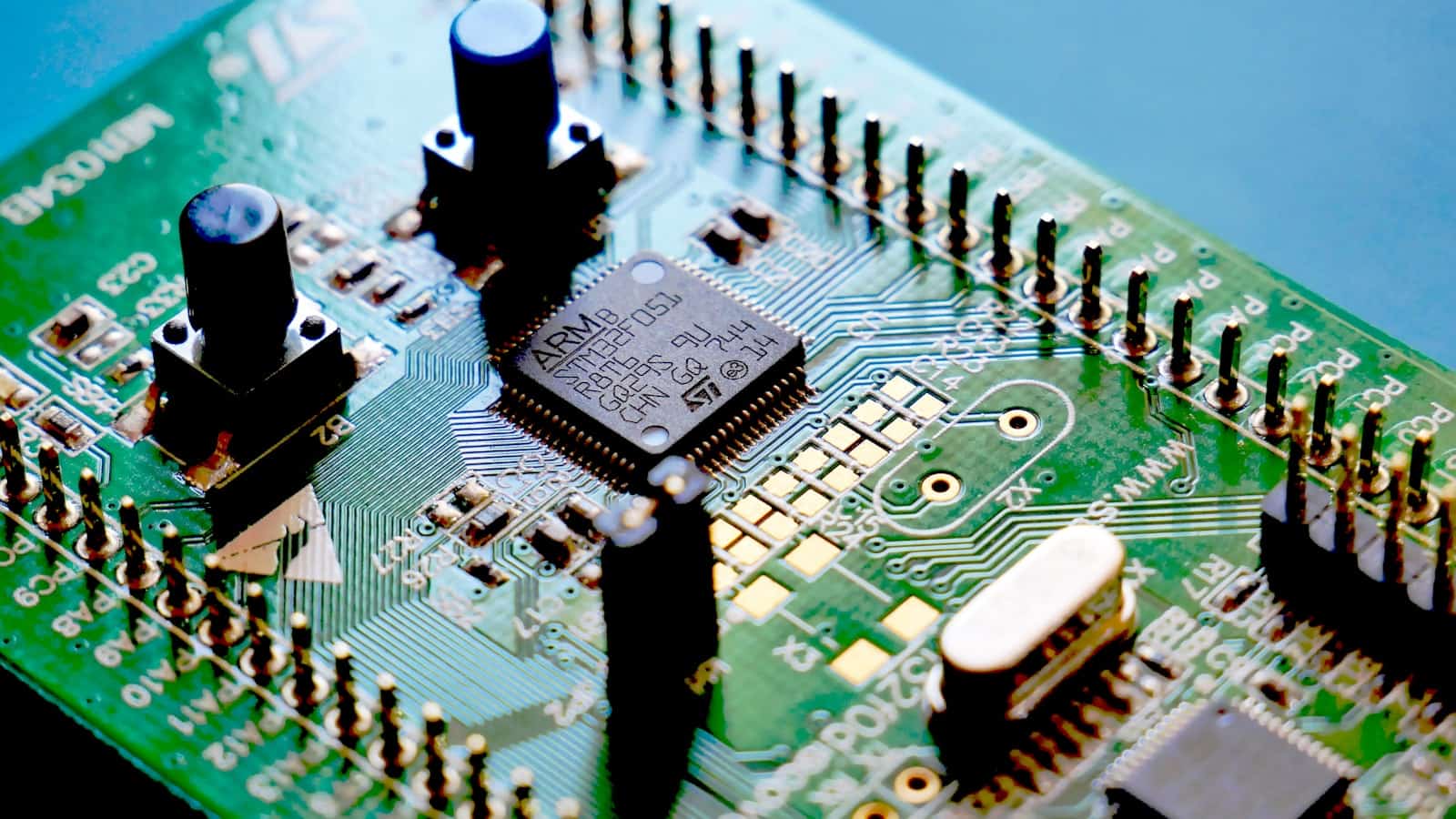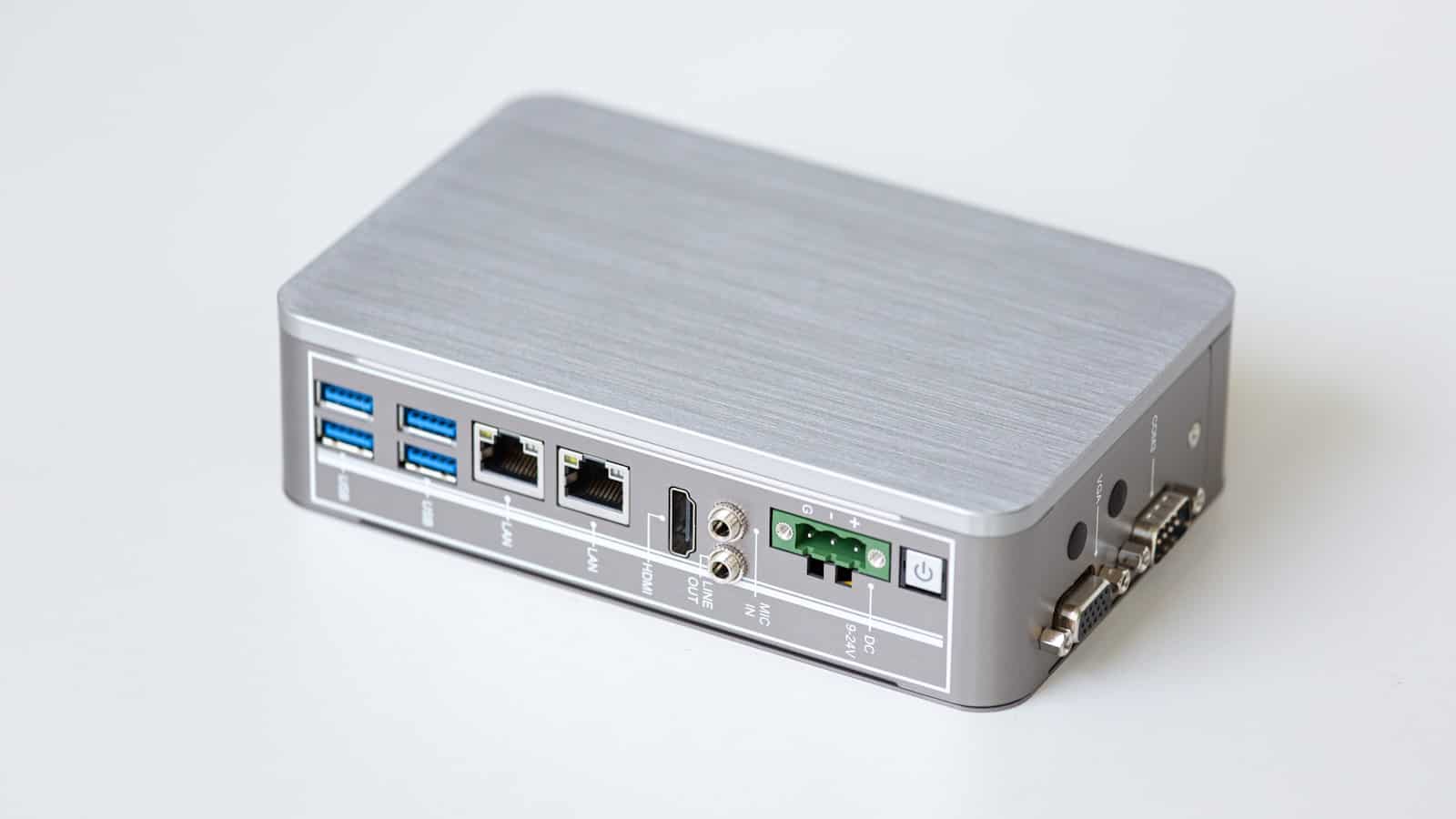
PCB Assembly Blog
-
 Read more: all about orans pcb designers guide open radio access networks
Read more: all about orans pcb designers guide open radio access networksIntroduction to ORAN and PCB Design Open Radio Access Networks (ORAN) are revolutionizing the way wireless networks are built and operated. ORAN is an initiative that aims to create open, interoperable, and standardized interfaces for radio access networks (RAN). This approach enables network operators to mix and match components from […]
-
all about ipc 4101 and ipc 4103 slash sheets
Posted by
–
 Read more: all about ipc 4101 and ipc 4103 slash sheets
Read more: all about ipc 4101 and ipc 4103 slash sheetsWhat are IPC-4101 and IPC-4103? IPC-4101 and IPC-4103 are industry standards published by the IPC (Association Connecting Electronics Industries) that provide requirements and characteristics for laminate materials used in the fabrication of printed circuit boards (PCBs). These standards ensure consistency and reliability in the materials used for PCB manufacturing. IPC-4101: […]
-
 Read more: all about cmos ecl and ttl propagation delay high speed pcbs
Read more: all about cmos ecl and ttl propagation delay high speed pcbsIntroduction to High-Speed PCBs and Logic Families High-speed printed circuit boards (PCBs) are essential components in modern electronic systems, enabling the rapid transmission of signals between various components. To achieve optimal performance, designers must carefully consider the characteristics of different logic families, such as CMOS (Complementary Metal-Oxide-Semiconductor), ECL (Emitter-Coupled Logic), […]
-
 Read more: agile product lifecycle management methods pcb design
Read more: agile product lifecycle management methods pcb designIntroduction to Product Lifecycle Management for PCBs Product lifecycle management (PLM) is a holistic approach to managing the entire lifecycle of a product from inception through design, manufacturing, service, and disposal. PLM integrates people, data, processes and business systems to provide a product information backbone for companies and their extended […]
-
 Read more: agile for hardware sprints and working prototypes
Read more: agile for hardware sprints and working prototypesIntroduction to Agile Methodology and Hardware Development Agile methodology has revolutionized the software development industry, enabling teams to deliver high-quality products efficiently and effectively. However, the adoption of Agile practices in hardware development has been slower due to the unique challenges posed by physical products. Despite these challenges, the benefits […]
-
 Read more: agile development embedded systems best both worlds
Read more: agile development embedded systems best both worldsIntroduction to Agile Development and Embedded Systems Agile development has revolutionized the software industry, enabling teams to deliver high-quality products faster and more efficiently. However, when it comes to embedded systems, which involve both hardware and software components, the adoption of agile methodologies has been slower. This article explores the […]
-
 Read more: advantages of massive mimo for 5g cellular infrastructure
Read more: advantages of massive mimo for 5g cellular infrastructureWhat is Massive MIMO? Massive MIMO is an advanced antenna technology that employs a large number of antenna elements at the base station to serve multiple users simultaneously. Unlike conventional MIMO systems, which typically use up to eight antennas, massive MIMO can support hundreds or even thousands of antennas. This […]
-
 Read more: advantages and disadvantages designing breadboards
Read more: advantages and disadvantages designing breadboardsIntroduction Breadboards are essential tools for electronic prototyping and circuit design. They provide a quick and easy way to create temporary circuits without the need for soldering. When designing breadboards, there are several advantages and disadvantages to consider. In this article, we will explore the benefits and drawbacks of designing […]
-
 Read more: advantages and disadvantages active and passive rfid technologies
Read more: advantages and disadvantages active and passive rfid technologiesWhat is RFID Technology? RFID is a wireless communication technology that uses radio waves to identify and track objects. It consists of three main components: RFID tags: These are small devices attached to the objects being tracked. They contain a microchip and an antenna that enables them to communicate with […]
-
advantages abcd parameters analyzing your pcb
Posted by
–
 Read more: advantages abcd parameters analyzing your pcb
Read more: advantages abcd parameters analyzing your pcbIntroduction to ABCD Parameters ABCD parameters, also known as chain parameters or transmission parameters, are a powerful tool for analyzing the electrical behavior of printed circuit boards (PCBs). These parameters provide a convenient way to characterize the transmission of signals through a two-port network, such as a PCB trace or […]




